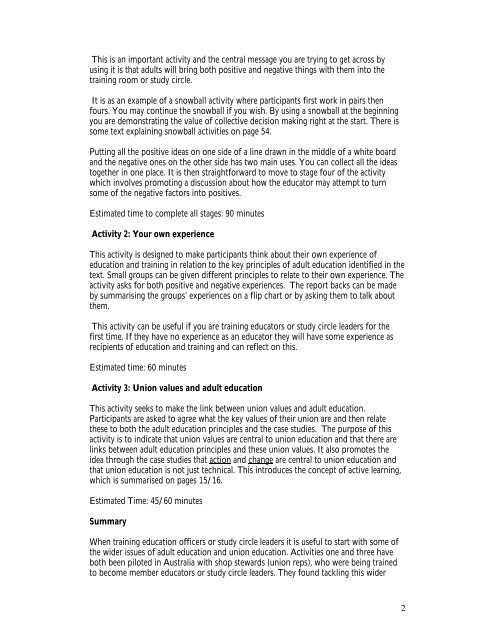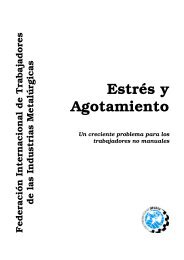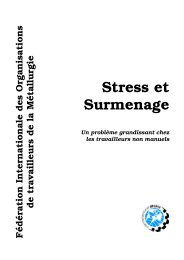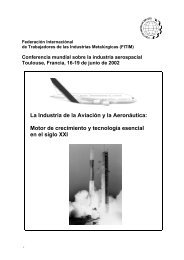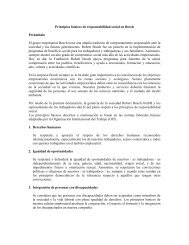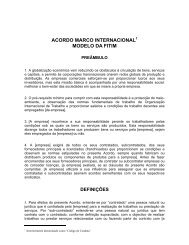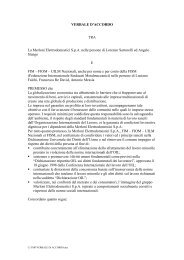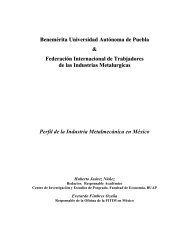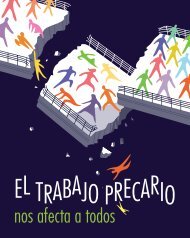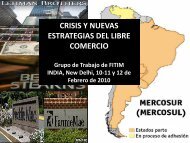Tutor notes: Education Reflection Action (pdf)
Tutor notes: Education Reflection Action (pdf)
Tutor notes: Education Reflection Action (pdf)
Create successful ePaper yourself
Turn your PDF publications into a flip-book with our unique Google optimized e-Paper software.
This is an important activity and the central message you are trying to get across by<br />
using it is that adults will bring both positive and negative things with them into the<br />
training room or study circle.<br />
It is as an example of a snowball activity where participants first work in pairs then<br />
fours. You may continue the snowball if you wish. By using a snowball at the beginning<br />
you are demonstrating the value of collective decision making right at the start. There is<br />
some text explaining snowball activities on page 54.<br />
Putting all the positive ideas on one side of a line drawn in the middle of a white board<br />
and the negative ones on the other side has two main uses. You can collect all the ideas<br />
together in one place. It is then straightforward to move to stage four of the activity<br />
which involves promoting a discussion about how the educator may attempt to turn<br />
some of the negative factors into positives.<br />
Estimated time to complete all stages: 90 minutes<br />
Activity 2: Your own experience<br />
This activity is designed to make participants think about their own experience of<br />
education and training in relation to the key principles of adult education identified in the<br />
text. Small groups can be given different principles to relate to their own experience. The<br />
activity asks for both positive and negative experiences. The report backs can be made<br />
by summarising the groups’ experiences on a flip chart or by asking them to talk about<br />
them.<br />
This activity can be useful if you are training educators or study circle leaders for the<br />
first time. If they have no experience as an educator they will have some experience as<br />
recipients of education and training and can reflect on this.<br />
Estimated time: 60 minutes<br />
Activity 3: Union values and adult education<br />
This activity seeks to make the link between union values and adult education.<br />
Participants are asked to agree what the key values of their union are and then relate<br />
these to both the adult education principles and the case studies. The purpose of this<br />
activity is to indicate that union values are central to union education and that there are<br />
links between adult education principles and these union values. It also promotes the<br />
idea through the case studies that action and change are central to union education and<br />
that union education is not just technical. This introduces the concept of active learning,<br />
which is summarised on pages 15/16.<br />
Estimated Time: 45/60 minutes<br />
Summary<br />
When training education officers or study circle leaders it is useful to start with some of<br />
the wider issues of adult education and union education. Activities one and three have<br />
both been piloted in Australia with shop stewards (union reps), who were being trained<br />
to become member educators or study circle leaders. They found tackling this wider<br />
2


